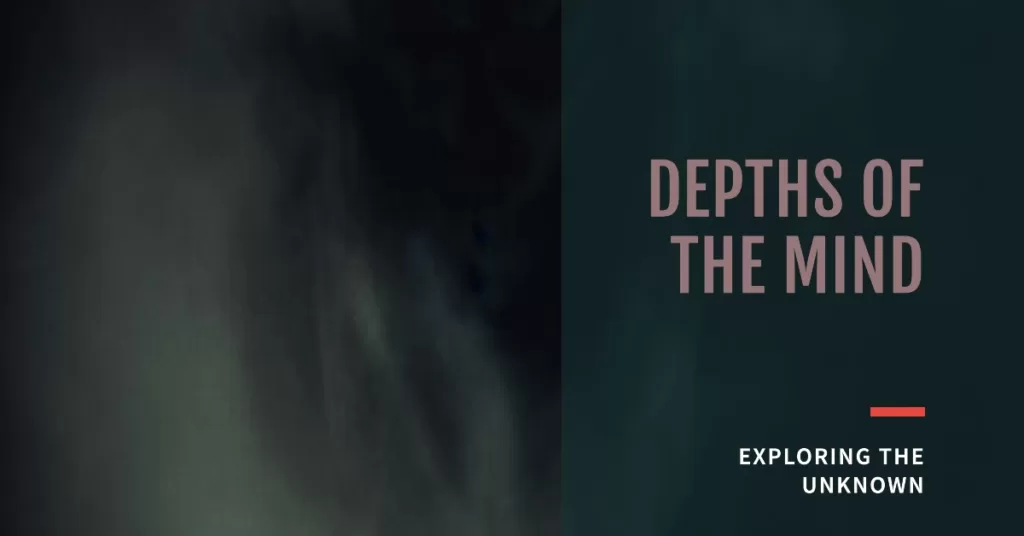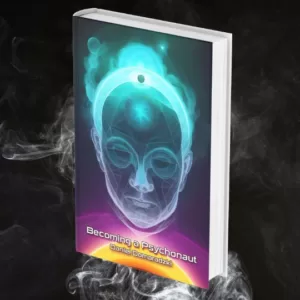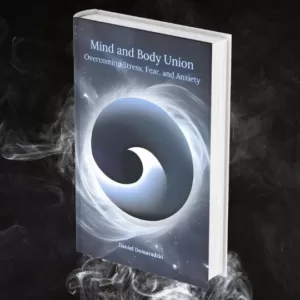The human mind is a vast and complex terrain that has been explored by countless scientists, philosophers, and artists throughout history. From the mysteries of consciousness to the depths of the subconscious, our minds are capable of incredible feats of perception, creativity, and self-awareness. However, despite centuries of study, many aspects of the mind remain shrouded in mystery.
One discipline that seeks to shed light on these mysteries is psychonautics. This field explores the inner workings of the mind through a combination of scientific inquiry and spiritual practice. By using techniques such as meditation, hypnosis, and psychedelics, psychonauts aim to unlock new levels of awareness and understanding within themselves and others. In this article, we will delve into the world of psychonautics and explore its potential for transforming our understanding of ourselves and the universe around us.
Table of Contents
Key Takeaways
- Psychonautics involves exploring the inner workings of the mind through scientific inquiry and spiritual practice, which can provide insight into brain function and potential therapeutic applications.
- Altered states of consciousness can offer a therapeutic approach for individuals dealing with mental health issues, but can also have negative consequences for vulnerable individuals.
- Techniques such as meditation, deep trance, and the use of psychoactive substances can induce altered states of consciousness with potential therapeutic benefits.
- Other practices such as modern types of magick, divination, prayer, and hypnosis can also be used for introspection and self-discovery, with hypnosis being effective in treating various conditions.
What is Psychonautics?
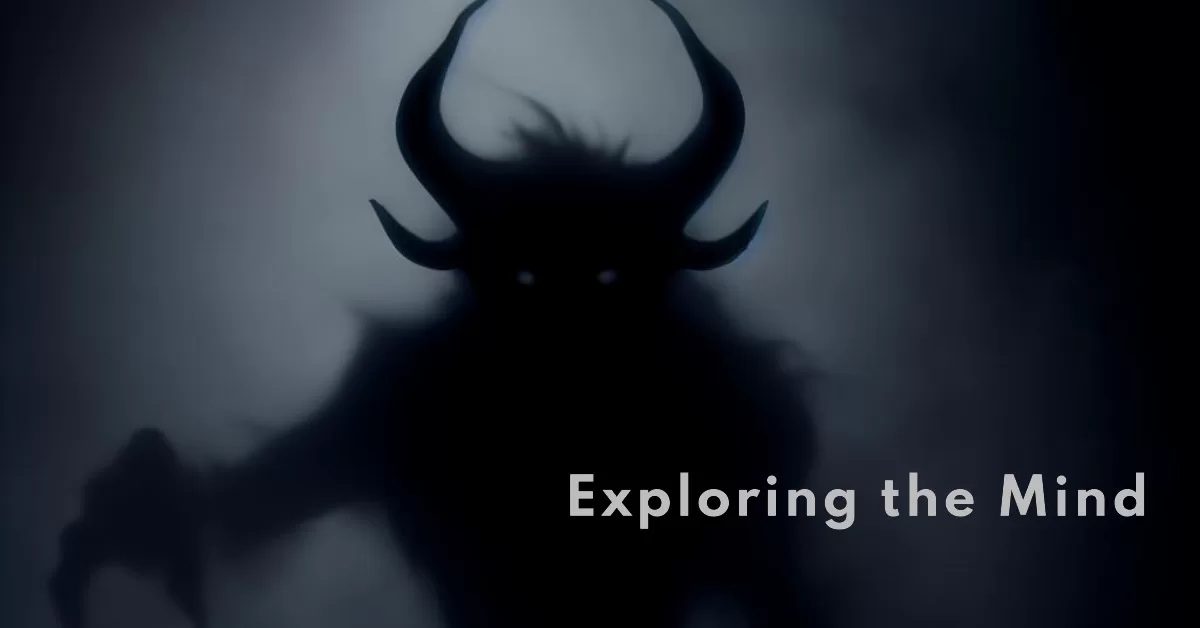
Psychonautics refers to the practice of exploring one’s own mind through various means such as meditation, lucid dreaming, and the use of psychoactive substances. From a psychological standpoint, psychonautics can be seen as a means of self-discovery and personal growth. From a neuroscientific standpoint, the exploration of altered states of consciousness can provide insight into brain function and may have potential therapeutic applications.
Psychonautics from a Psychological Standpoint
Exploring the mind through the lens of psychology reveals the potential benefits and drawbacks of altered states of consciousness. On one hand, these states can provide profound insights into personal identity, spirituality, and creativity. They can also offer a therapeutic approach for individuals dealing with mental health issues such as depression, anxiety, and PTSD. On top of that, some studies suggest that certain types of altered states may enhance problem-solving abilities, increase empathy and social connectedness.
On the other hand, altered states can also have negative consequences. They may lead to psychotic episodes or exacerbate existing mental health conditions in vulnerable individuals. Moreover, they can be addictive and potentially harmful to physical health if not used responsibly. It is important to note that not all forms of psychonautics involve substance use; meditation practices such as mindfulness or contemplative techniques are also considered forms of exploring altered states without the use of externally applied entheogenic substances.
Transitioning into the subsequent section about psychonautics viewed from a neuroscientific standpoint, it is worth noting that recent advancements in neuroscience have provided new insights into how altered states affect brain function and behavior.
Psychonautics from a Neuroscientific Standpoint
Advancements in neuroscience have shed light on the neural mechanisms underlying altered states of consciousness and their potential effects on behavior. Through neuroimaging techniques, researchers have identified changes in brain activity during experiences such as meditation, psychedelic use, and lucid dreaming. For example, studies using functional magnetic resonance imaging (fMRI) have shown decreased activity in the default mode network (DMN), a set of interconnected brain regions associated with self-referential thinking and mind-wandering, during meditation and psilocybin-induced mystical experiences.
Furthermore, research suggests that altered states of consciousness can lead to lasting changes in brain structure and function. Studies examining the effects of mindfulness meditation on the brain have found increased gray matter density in areas associated with attention and emotional regulation. Similarly, psychedelic use has been linked to increased neuroplasticity and enhanced neural connectivity. These findings highlight the potential for psychonautic exploration to not only provide insight into the workings of the mind but also facilitate positive changes in mental health and wellbeing. Moving on to how our brains work, it is important to consider how these neural mechanisms relate to everyday cognition and behavior.
How Our Brains Work?
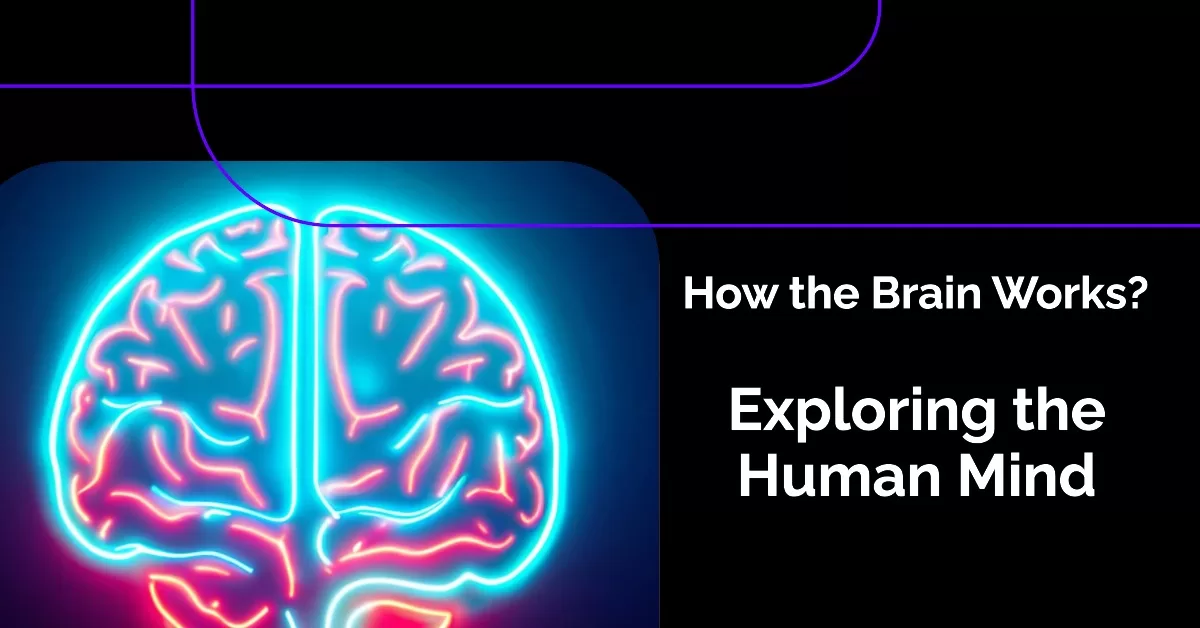
This discussion will focus on the functioning of our brains and their response to altered states of consciousness. Altered states of consciousness are commonly induced through deep trance, meditation, or the use of psychoactive substances. Brainwaves play a significant role in these experiences and understanding their effects on brain activity can offer valuable insights into the workings of the mind.
Altered States of Consciousness and Brainwaves
Brainwaves play a crucial role in understanding altered states of consciousness, as they can provide insight into the physiological changes occurring in the brain during such states. Altered states of consciousness are characterized by changes in perceptions, thoughts, and emotions that deviate from normal waking awareness. The most common types of altered states include sleep, meditation, psychedelic experiences, near-death experiences, and hypnosis. Each state is associated with specific patterns of brain activity that can be measured using electroencephalography (EEG). EEG recordings have shown that different frequencies of brainwaves are associated with different levels of arousal and attention. For example, delta waves (1-4 Hz) are associated with deep sleep and relaxation; theta waves (4-8 Hz) are associated with drowsiness and daydreaming; alpha waves (8-13 Hz) are associated with relaxed wakefulness; beta waves (13-30 Hz) are associated with alertness and concentration; and gamma waves (>30 Hz) are associated with higher cognitive functions such as attention, memory, perception, and consciousness.
| Brain Wave | Frequency (Hz) | Mental State |
|---|---|---|
| Gamma | 30+ | High levels of cognitive function, such as attention, learning, and memory |
| Beta | 13-30 | Active, alert states of mind, such as when you are paying attention to something or thinking about something |
| Alpha | 8-13 | Relaxed, focused state of mind, such as when you are meditating or daydreaming |
| Theta | 4-8 | Deep relaxation and sleep |
| Delta | -4 | Deep sleep and dreaming |
These findings suggest that altered states of consciousness represent distinct neurophysiological phenomena rather than mere subjective experiences. Moreover, they suggest that altering one’s state of consciousness can have therapeutic benefits by modulating specific brainwave frequencies. For instance, meditation has been shown to increase alpha power in frontal regions of the brain which is linked to improved attentional control and emotional regulation. Similarly, psychedelic substances like psilocybin or LSD induce a state of altered brainwave patterns and increased connectivity between different brain regions which may contribute to their therapeutic effects on depression or anxiety disorders. Understanding how these different states relate to specific patterns of brain activity will continue to shed light on the complex interplay between meditation and the brain.
Deep trance and meditation require an even deeper level of exploration into the world inside our heads beyond simply exploring altered states through chemical means alone – a conversation we will be delving into shortly.
Deep Trance and Meditation
The states of deep trance and meditation have been explored extensively, revealing their unique effects on the brain and potential therapeutic benefits. Here are some findings:
- Neuroimaging studies have shown that experienced meditators exhibit increased activity in certain areas of the brain associated with attention regulation and emotional processing.
- Deep trance states induced by techniques such as hypnosis can lead to reduced pain perception, anxiety relief, and even improved athletic performance after the session.
- Both meditation and deep trance can induce changes in brainwaves, including increased alpha waves (associated with relaxation) and theta waves (associated with creativity and intuition).
- Research has also suggested that these practices may have long-term effects on mental health, potentially reducing symptoms of depression, anxiety, and PTSD.
- While both practices require discipline and training to achieve significant results, they are generally safe for healthy individuals.
As we will explore in the next section about psychoactive substances, there are other ways to alter consciousness beyond deep trance or meditation. However, understanding the effects of these more natural methods is an essential foundation for exploring altered states further.
Exploring the Mind with Psychoactive Substances
Humans have used psychoactive substances for centuries to alter consciousness and explore the workings of the mind. These substances, such as psilocybin, DXM, DMT, mescaline, and LSD, work by altering brain chemistry to produce a range of effects from heightened sensory perception to mystical experiences. The use of psychoactive substances for spiritual or therapeutic purposes can be traced back to ancient civilizations like the Aztecs who consumed peyote during religious ceremonies.
However, the recreational use of psychoactive substances has led to negative consequences such as addiction and harm to physical and mental health. Despite these risks, there is growing interest in using psychedelics for therapeutic purposes with clinical trials showing promising results in treating conditions like depression and anxiety. The use of these substances remains controversial due to legal restrictions and concerns over safety. Still, they continue to be a subject of fascination for those interested in exploring the depths of human consciousness.
As we delve deeper into the realm of altered states of consciousness, we turn our attention toward modern magick – occult practices that aim at transforming the mind through ritualistic practices.
Modern Magick: Occult Practices to Transform the Mind
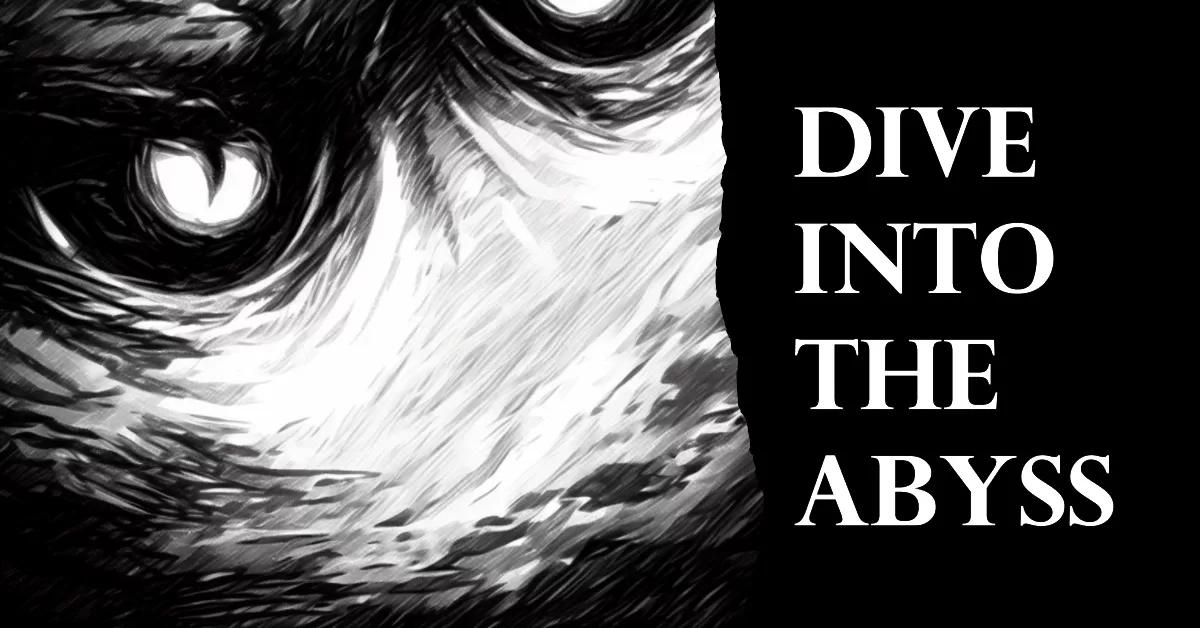
The practice of modern magick offers various techniques to transform the mind, including divination, prayer, and enchantment. Divination serves as a means for self-exploration by providing insights into one’s subconscious mind and helping individuals make informed decisions. Prayer can be viewed as a form of inner dialogue with the subconscious, allowing for greater self-awareness and personal growth. Enchantment practices are used to induce self-hypnosis, enabling individuals to access deeper levels of consciousness and achieve altered states of awareness.
Divination as a Means for Self-Exploration
Divination, utilized as a tool for introspection and self-discovery, allows individuals to gain insight into their subconscious thoughts and emotions. Divination is the practice of seeking knowledge of the future or the unknown by “supernatural” means. It includes procedures such as tarot reading, pendulum dowsing, scrying (using mirrors or crystals), and mental traveling. These methods allow individuals to access their inner wisdom and intuition by communicating with the unconscious mind, thus, providing guidance on personal issues and decisions.
To demonstrate the effectiveness of divination as a means for self-exploration, let us take a look at an example tarot card spread. The following table showcases a three-card spread that can provide insight into one’s past experiences (card 1), current situation (card 2), and potential outcomes (card 3). By interpreting the cards’ meanings with an open mind, one can gain a deeper understanding of their subconscious feelings toward their present circumstances and gain clarity on how to move forward.
| Card Position | Card Meaning |
|---|---|
| 1 | The Tower – represents sudden upheaval or destruction in one’s past |
| 2 | The Empress – represents creativity, abundance, and nurturing energy in one’s present |
| 3 | Eight of Cups – represents leaving behind something emotionally significant to pursue something new |
Divination provides individuals with a unique perspective on their psyche by tapping into their inner wisdom. Its various practices offer different insights into personal issues and decisions that may be difficult to access through rational thinking alone. In the next section, we will explore prayer as another form of communication with our subconscious minds.
Prayer as a Form of Inner Dialogue with the Subconscious
Prayer can serve as a means of inner dialogue with the subconscious, allowing individuals to access their deepest thoughts and emotions. When one prays, they enter into a state of focused attention that heightens their awareness of both their internal and external environment. This heightened state of consciousness allows for a greater connection with the subconscious mind, which is often seen as the gateway to our deepest desires and fears.
Furthermore, prayer has been shown to have numerous psychological benefits. It can reduce stress levels, increase feelings of calmness and relaxation, and improve overall wellbeing. Prayer may also enhance cognitive function by improving working memory and attention span. Overall, prayer offers an effective tool for self-exploration and personal growth through its ability to facilitate communication between the conscious mind and the subconscious mind.
Enchantment Practice to Induce Self-Hypnosis
Enchantment practices such as hypnosis can be used to induce a trance-like state. During this state, individuals may feel more relaxed and open to suggestions. In fact, some studies have found that hypnosis can be effective in treating various conditions such as anxiety disorders, chronic pain, and even addiction.
To induce self-hypnosis using enchantment practices, one approach is through visualization techniques, ceremonial practice, or guided meditations. This involves creating a mental image of a peaceful place or situation while focusing on deep breathing and relaxation techniques. Another approach is through the use of hypnotic suggestions or affirmations aimed at guiding individuals toward their desired outcomes. It is important to note that while hypnotic states can be beneficial for some individuals, they may not work for everyone and should only be practiced under the guidance of trained professionals.
Practical Uses of Ancient Magick in Modern Times
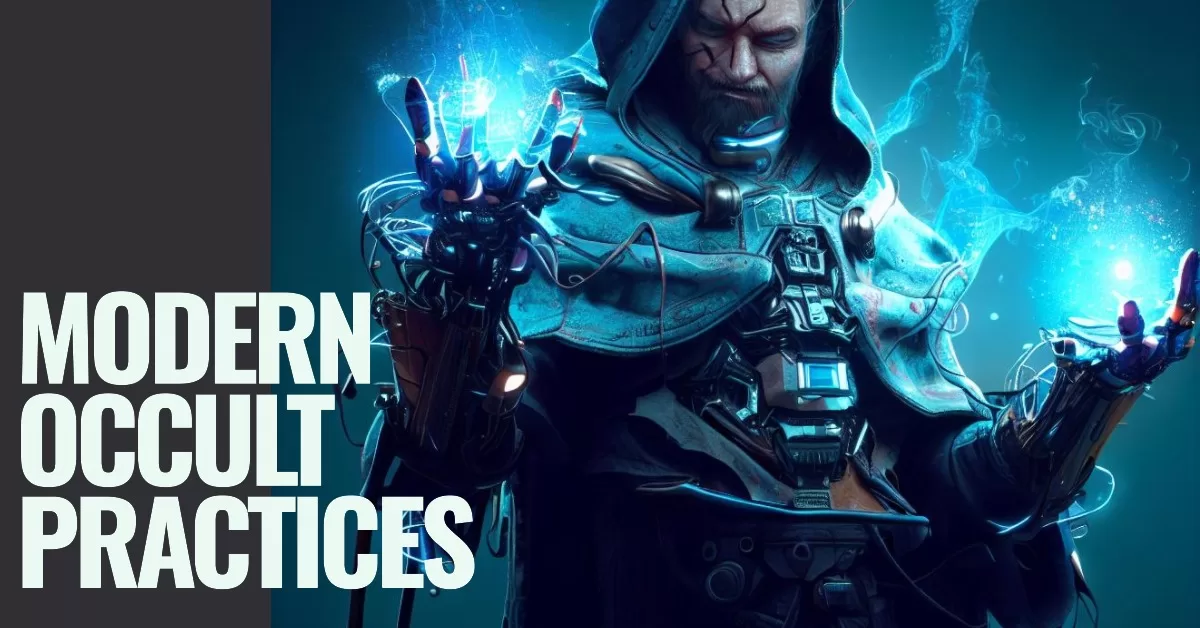
Note: The drawing on the picture represents a technomancer – a person who practices the art of technomancy.
The practical uses of ancient magick in modern times are numerous and varied. One of the key benefits is its potential to increase self-confidence and mental wellbeing through various practices such as affirmations, positive visualization, and mindfulness. Additionally, honing mental skills like visualization can improve concentration levels and lead to better outcomes in various areas of life. Finally, meditation as a form of developing concentration has long been recognized as an effective tool for improving focus and reducing stress. Overall, these practices provide a range of benefits that can help individuals achieve greater success and happiness in their personal and professional lives.
Increasing Self-Confidence and Mental Wellbeing
Psychonautic practices employ various techniques, including meditation, lucid dreaming, sensory deprivation, and, for some, the responsible use of psychedelic substances. Each technique serves as a tool for the psychonaut to explore the depths of the mind, dismantle deeply ingrained belief systems, and promote self-awareness and personal growth.
One of the most beneficial outcomes of psychonautic practices is the increase in self-confidence. Through deep introspection, individuals learn to understand their strengths and weaknesses better, making them more comfortable with who they are and more confident in their capabilities. During these inner journeys, individuals can face their fears, insecurities, and limiting beliefs, and through the process of understanding and confronting these psychological hurdles, they are able to overcome them and develop a greater sense of self-worth and confidence. The profound insights gained often lead to an enhanced sense of purpose and direction, adding a layer of resilience that boosts self-confidence.
Beyond boosting self-confidence, psychonautic practices have been found to have significant effects on overall mental wellbeing. As individuals delve deeper into their consciousness, they often find ways to reduce stress, alleviate anxiety, and manage depression. Practices such as mindfulness meditation promote mental clarity, helping individuals stay focused and maintain a balanced emotional state. Furthermore, practices like lucid dreaming can be used to confront and resolve personal conflicts, facilitating emotional healing and resolution.
Psychonautic exploration can also lead to a sense of connectedness with the world around us, fostering empathy, compassion, and improved social relationships. This heightened sense of unity can lead to increased life satisfaction and overall happiness.
Honing Mental Skills Such as Visualization
Developing mental skills such as visualization is a valuable tool for individuals seeking to improve their creative abilities. Visualization can help enhance concentration, focus, and overall cognitive functioning. It involves imagining oneself performing a task successfully before actually doing it. This way of training the brain has shown remarkable results in a variety of fields, including sports and business.
To practice visualization effectively, it is essential to follow these three steps: First, find a quiet place where you won’t be disturbed. Second, create a mental image of the task you want to perform and imagine yourself completing it successfully. Finally, repeat this process regularly until it becomes second nature. By honing this skill through consistent practice, one can develop greater control over their thoughts and feelings which can ultimately lead to better performance in various areas of life.
Meditation is another form of developing concentration that has proven effective for many people seeking to improve their mental skills.
Meditation as a Form of Developing Concentration
Meditation has been found to be a helpful tool for improving concentration and focus. It is a practice that involves training the mind to focus on a single point of awareness, such as the breath or a sound. Through this process, meditators learn to observe their thoughts without getting caught up in them, which can lead to greater mental clarity and stability.
Research has shown that regular meditation can have positive effects on cognitive function, including attention and working memory. Additionally, it has been observed that meditation can increase activity in areas of the brain associated with attentional control and executive functioning. Overall, incorporating meditation into one’s daily routine may be an effective way to develop greater concentration and improve overall mental performance.
Moving on to the subsequent section, it is important to note that exploring the inner workings of the mind through practices such as meditation is just one aspect of psychonautics. This field encompasses a range of techniques and tools for exploring consciousness, including psychedelics, lucid dreaming, and sensory deprivation. By engaging in these practices responsibly and with intentionality, individuals may gain deeper insights into themselves and their place in the world around them.
Psychonautics as a Way of Life
Exploring the depths of one’s consciousness through psychonautics can lead to a profound understanding of oneself and the world, akin to peeling back layers of an onion. This practice has been used by various cultures throughout history as a way to gain insight into the nature of reality and one’s place in it.
To give you an idea of what exploring your consciousness through psychonautics might be like, imagine:
- Descending into a deep well, where each layer represents a different aspect of your psyche.
- Entering a maze that forces you to confront your fears and limitations.
- Boarding a ship bound for uncharted territories within yourself.
- Following Alice down the rabbit hole, where nothing is quite as it seems.
- Embarking on an archaeological dig that uncovers hidden treasures buried within your subconscious.
While some may view psychonautics as simply an avenue for escapism or self-indulgence, others argue that it holds great potential for personal growth and transformation. By exploring our minds in this way, we can uncover patterns and beliefs that no longer serve us and replace them with new ones that align with our values. This process can be challenging and even frightening at times but ultimately can lead to greater clarity and purpose in life.
As we dive deeper into our subconscious minds through psychonautic practices, we must also learn how to tame its power. In doing so, we can harness our innate abilities for creativity and problem-solving while avoiding becoming overwhelmed by negative emotions or impulses. Through occult practices such as meditation, mental traveling, or automatic drawing, we can cultivate awareness of our thoughts and feelings without getting lost in them. By learning how to navigate our inner landscape with skillful means, we open ourselves up to new possibilities for growth and transformation.
Taming the Inner Power of the Subconscious Mind
Navigating the complexities of the subconscious mind requires a deep understanding of its power and potential for both positive and negative outcomes. The subconscious mind is often portrayed as a mysterious force that operates beyond our control, but with the right techniques, it can be harnessed to achieve great things. Psychonauts have long studied various methods to tame the inner power of their subconscious minds, including meditation, lucid dreaming, and hypnosis.
To better understand how to tame our subconscious minds, it may be helpful to examine some of its key characteristics. In the table below, we’ve highlighted three important aspects of the subconscious mind: its role in shaping behavior and emotions, its ability to process information quickly and efficiently, and its tendency to operate on autopilot. By recognizing these features and learning how to work with them rather than against them, psychonauts can unlock new levels of creativity, productivity, and personal growth.
| Aspect | Description |
|---|---|
| Behavior & Emotions | The subconscious mind plays a critical role in shaping our behavior patterns & emotional responses; much more so than conscious thought processes which are often rationalized afterward. |
| Information Processing | The speed at which information is processed by the subconscious mind far outstrips conscious awareness; leading many experts to believe that only a fraction of human behaviors are driven by conscious decision-making processes. |
| Autopilot Mode | Subconscious processing also allows us to perform tasks automatically without needing full attention dedicated to them – such as driving to work or brushing teeth. This frees up our conscious mind for more complex tasks such as problem solving and critical thinking. |
Overall, taming the inner power of our subconscious minds is an ongoing process that requires discipline, patience, and self-awareness. By cultivating these qualities through practices like meditation, shamanic drumming, mental traveling, and other occult techniques, we can gain greater control over our thoughts and emotions. With time and effort invested in exploring this vast realm within ourselves with curiosity rather than fear or judgment – one may discover endless possibilities for personal transformation through psychonautics.
Summary
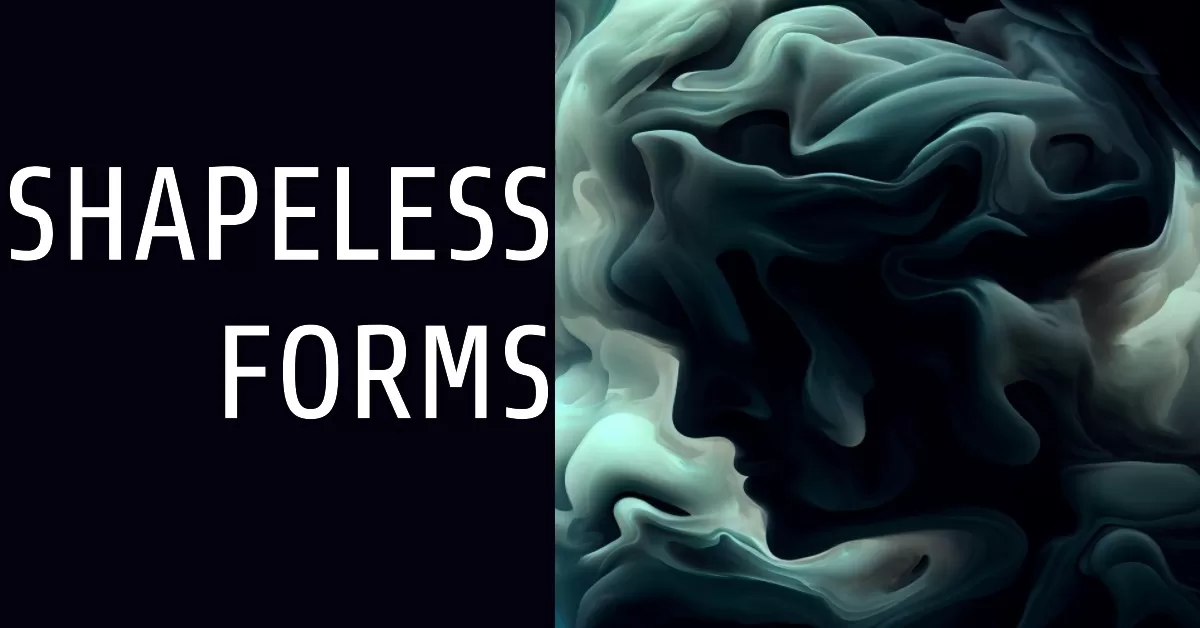
Psychonautics is a field that explores the depths of human consciousness. By understanding how our brains work, we can utilize ancient magickal practices to transform ourselves and achieve personal growth. Psychonauts see this as a way of life, taming the inner power of their subconscious minds to become better versions of themselves.
As Carl Jung once said, “Your vision will become clear only when you can look into your own heart. Who looks outside, dreams; who looks inside, awakes.” In essence, psychonautics allows us to delve deep into our hearts and understand ourselves better. It gives us the tools to navigate through life’s challenges and find meaning in our existence.
Through the exploration of the mind, psychonautic practices open up new horizons for self-discovery and transformation. By embracing these practices as a way of life, one can unlock their full potential and create a fulfilling life.
P.S. The practice of psychonautics has been described in more detail within the book “Becoming a Psychonaut” – a modern guidebook to ancient practices that describes various esoteric beliefs, occult systems, and techniques to transform the mind.

